Overcharging customers
Refusal to use meters
Refusal to take passengers to certain destinations
Illegally modifying their meters
Taking long detours
Sounds familiar? We’ve seen it all in the Malaysian taxi industry. Yet, the recent encounter I had isn’t Malaysia; it’s Thailand.
I’ve been to Bangkok numerous time but I think the last trip was more than a decade ago and I’ve forgotten how notorious taxi drivers are there. Once my colleague and I were held hostage by a driver by suddenly changing the agreed fee to our destination (he refused to use the meter) and literally stopped in a secluded road until we said yes. This trip made me realized things haven’t improved much and it’s very similar to Malaysia’s problem with passengers and tourists hailing a cab without an app. Aside from the issues listed at the start of this article, language is also a barrier and we too have groups of taxi drivers who have poor command of English.
But there is one exception when compared to the taxi services there;
every cab I entered has nicely laminated pictures of touristy places to visit. From the floating markets to the hottest night clubs, it appears that the Thai cabbies has a better grasp on how to capitalize on the tourism industry there, an estimated US$49.8 billion business in 2017. Malaysia, in contrast had US$19.75 contributed to its coffers for the same period and I feel that in some ways, the taxis in Thailand had contributed to their 8.5% tourism revenue increase. There are, of course many factors contributing to this factor (exchange rate, places to visit, tourism branding, etc) but for this article, we’ll be talking about how taxis play a role in pushing the tourism agenda of a country.
I was in Bangkok for 4 days and I’ve heard much about the notorious traffic jam that afflicts the capital which was why I elected to take the BTS train system to get to my hotel. As I was staying around the Pathum Wan area, most of the shopping done were on foot around there. It’s when there are loads to carry back that requires public transport and most convenient were taxis and three-wheeler tuk-tuks.
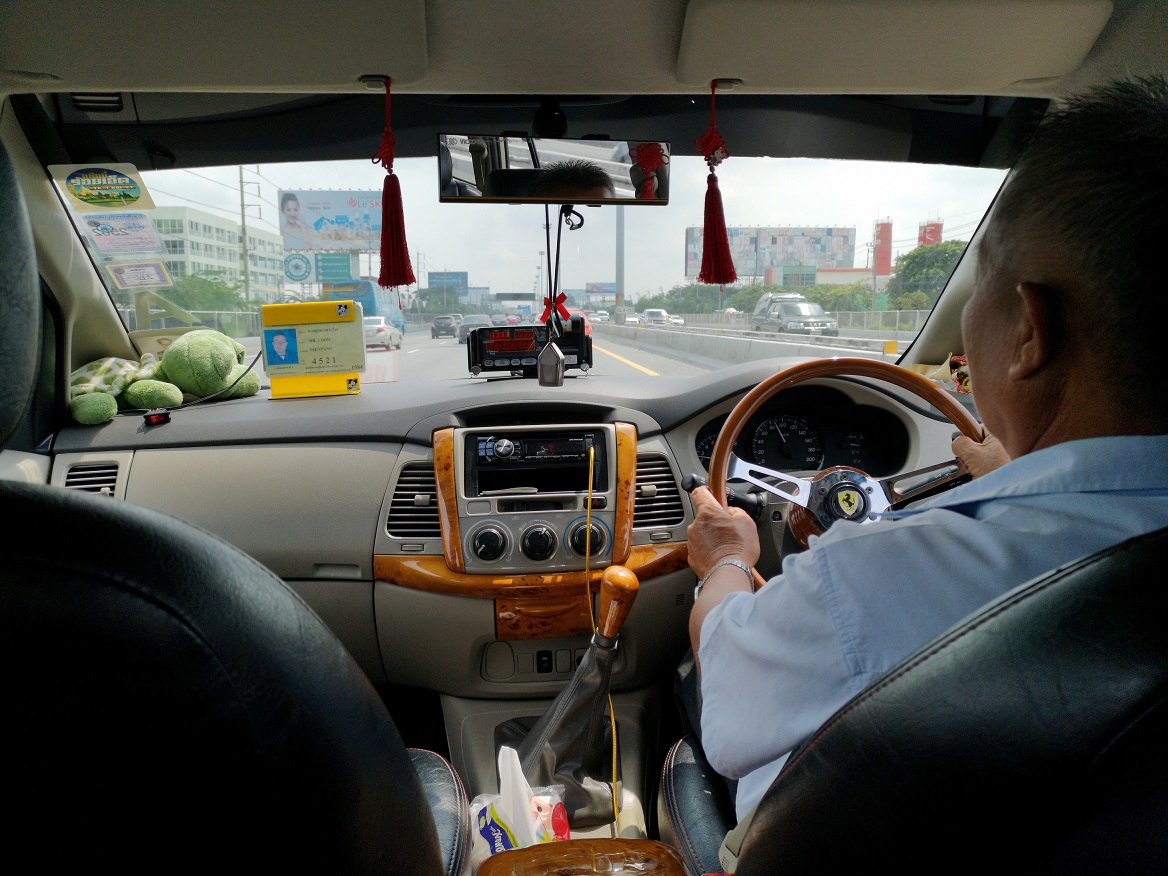
During my time there, I noticed
- tourists being turned away by taxi drivers,
- taxi drivers hustling tourists at shopping centres
- unless you took a cab from the hotel whose staffs record the cab license plate and pre-negotiate the price, most of those cabbies you hailed from the streets would set a fee that’s at least 100Baht more than it would have cost you if they used a meter.
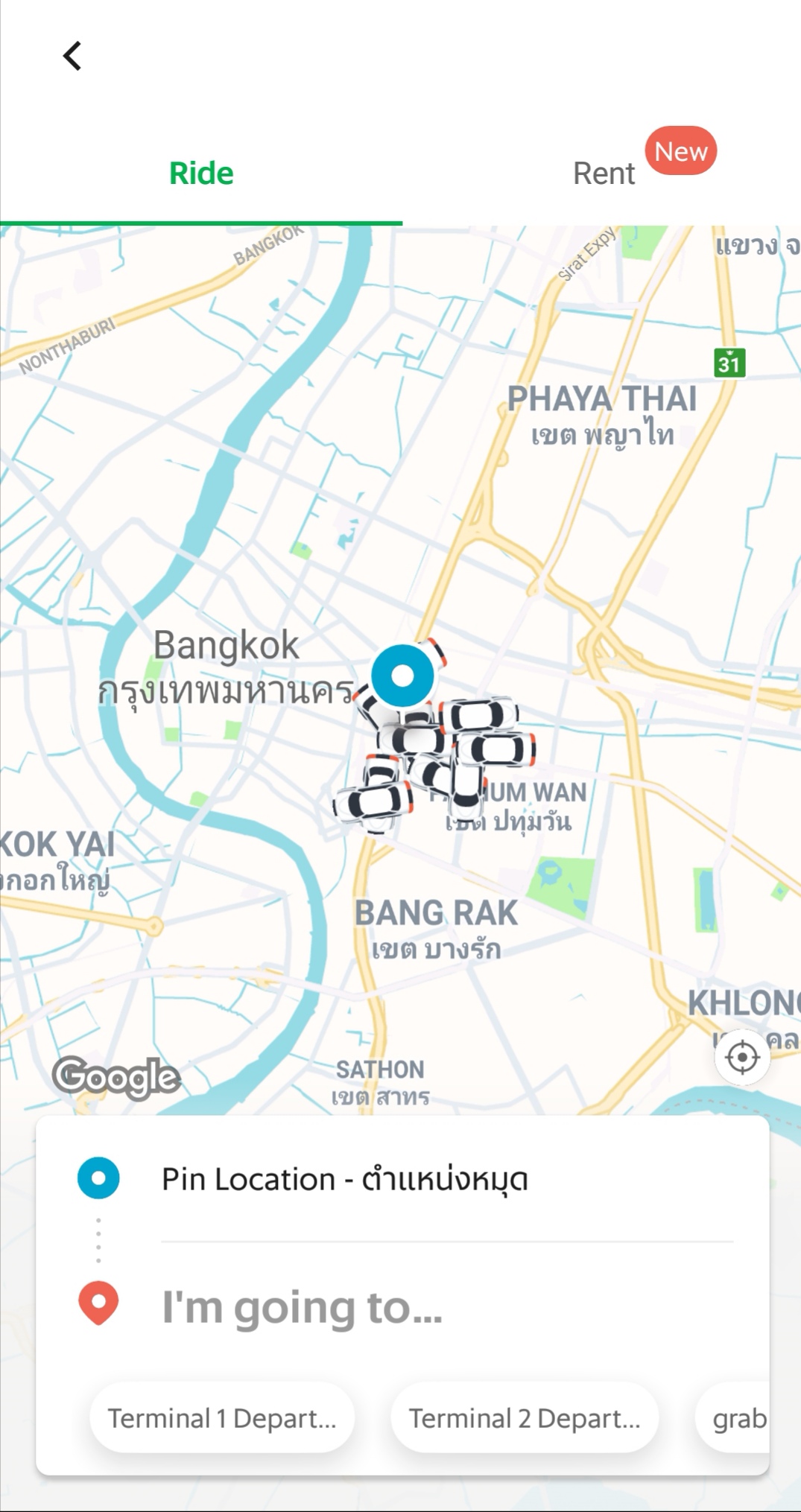
It wasn’t till the 3rd day in Bangkok that I realized Grab is active here. My experience with Grab after using them 4 times here was a lot more positive compared to Malaysia;-
- Waiting time for the app to find a driver was less than 30 seconds during the times when I used it which wasn’t peak hours.
- Grab drivers do not cancel on you.
- Be prepared to wait because although the car isn’t far, getting to you could be an issue due to bad traffic
- In the 4 times of usage, three were B segment cars (Honda Jazz, Mazda 2 and a Mitsubishi Attrage) and one Toyota Corolla. Depending on the amount of stuff you buy, be mindful of luggage space.
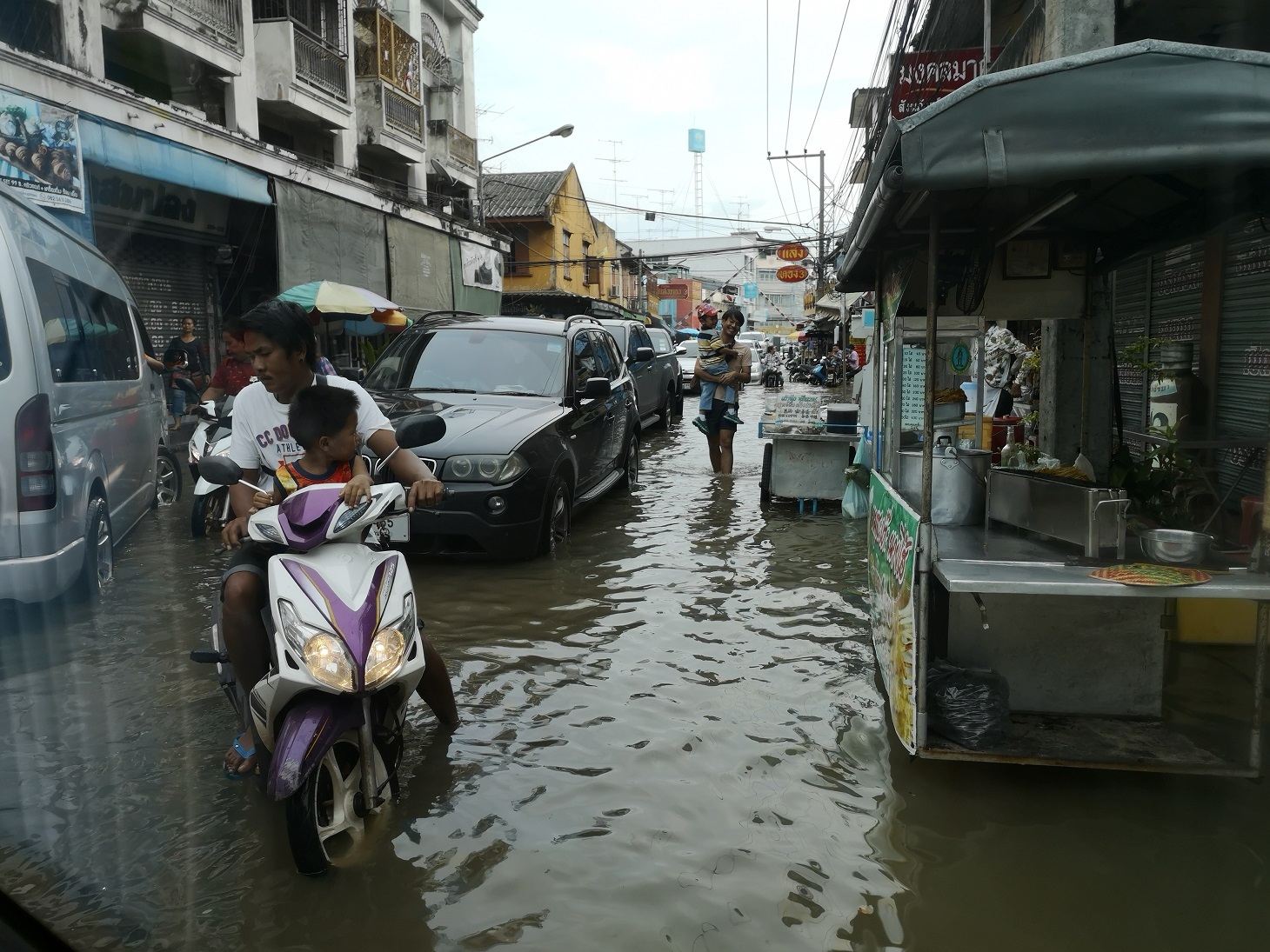
Your Grab car may take a little longer to arrive
Do bear in mind one thing; Grab and all e-hailing services has been deemed ILLEGAL by The Department of Land Transport (DLT) of Thailand.
And much like Malaysia, Grab drivers are also at risk of being attacked by taxi and tuk-tuk drivers.
It’s a shame because like Malaysians, many Thais and tourists have had it with these unscrupulous drivers. I do believe that like Malaysia there are many honest hardworking taxi drivers in Thailand but (this is purely speculative on my part) many hot tourist spots are probably booked by syndicates. At least here in Malaysia, there is progress made as the country legalizes the app (and thereby earning taxes from those who profit from it).
So as far as possible when waiting for your Grab ride in Thailand, just say you’re waiting for a friend if any taxi driver asks who are you waiting here for. Also do note that there are some places where Grab drivers would not go to drop off or pick up passengers as there are permanent police stationed there; they’ll move to some place closer, send you a location and you make your way to the car.
Using Grab in Thailand also has the benefit of me not using cash (I worry constantly whether do I have sufficient cash there) and when tied to certain credit card perks that rewards overseas spending, it’s a great way to kill two birds with one stone.
In conclusion, I’d say that although Grab is technically underground there, I’d be using it as often as I can because it’s safer, more transparent and I’d have no problem communicating to the driver where I need to go since the destination has been pre-informed. Just be mindful that Grab drivers may not have as much information about a tourist destination as cabbies so seeking clarification from them on where to eat once you arrive at your destination may not yield a positive outcome.
Happy holidays!
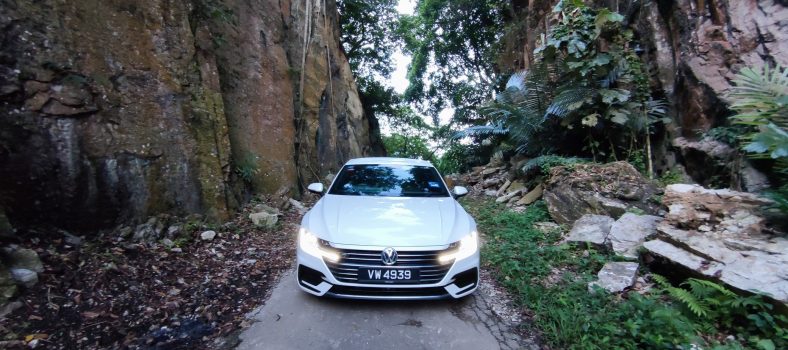


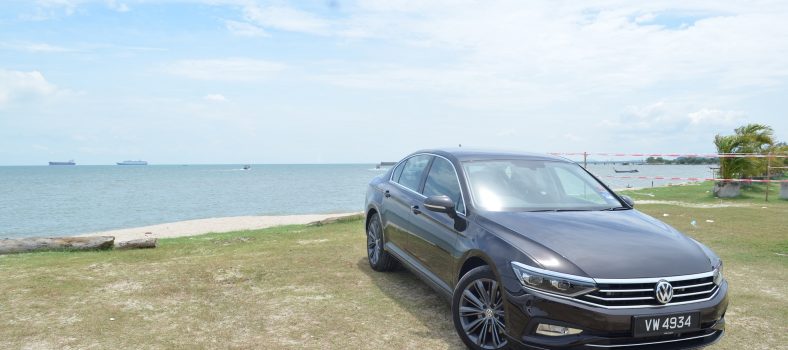
4 Comments
for not-too-far destinations, I took motorbike taxi; sure beat Bgkk traffic jams but got to assume some risks lohhh :p
Hi ,
How to used our grab app while in Bangkok?
The same way as how you use it in KL. Turn on the app, make sure you have data and you’ll see how many Grab vehicles nearby
The article provides complete and insightful information on navigating Bangkok’s transportation options, mainly taxis and Grab. It’s commendable for its distinctive analysis, realistic tips, and firsthand experiences shared using the author. The inclusion of professionals and cons for both taxis and Grab provides depth to the discussion, assisting readers to make knowledgeable choices whilst traveling in Bangkok. Overall, a precious useful resource for everybody planning a day trip to the bright town of Bangkok.